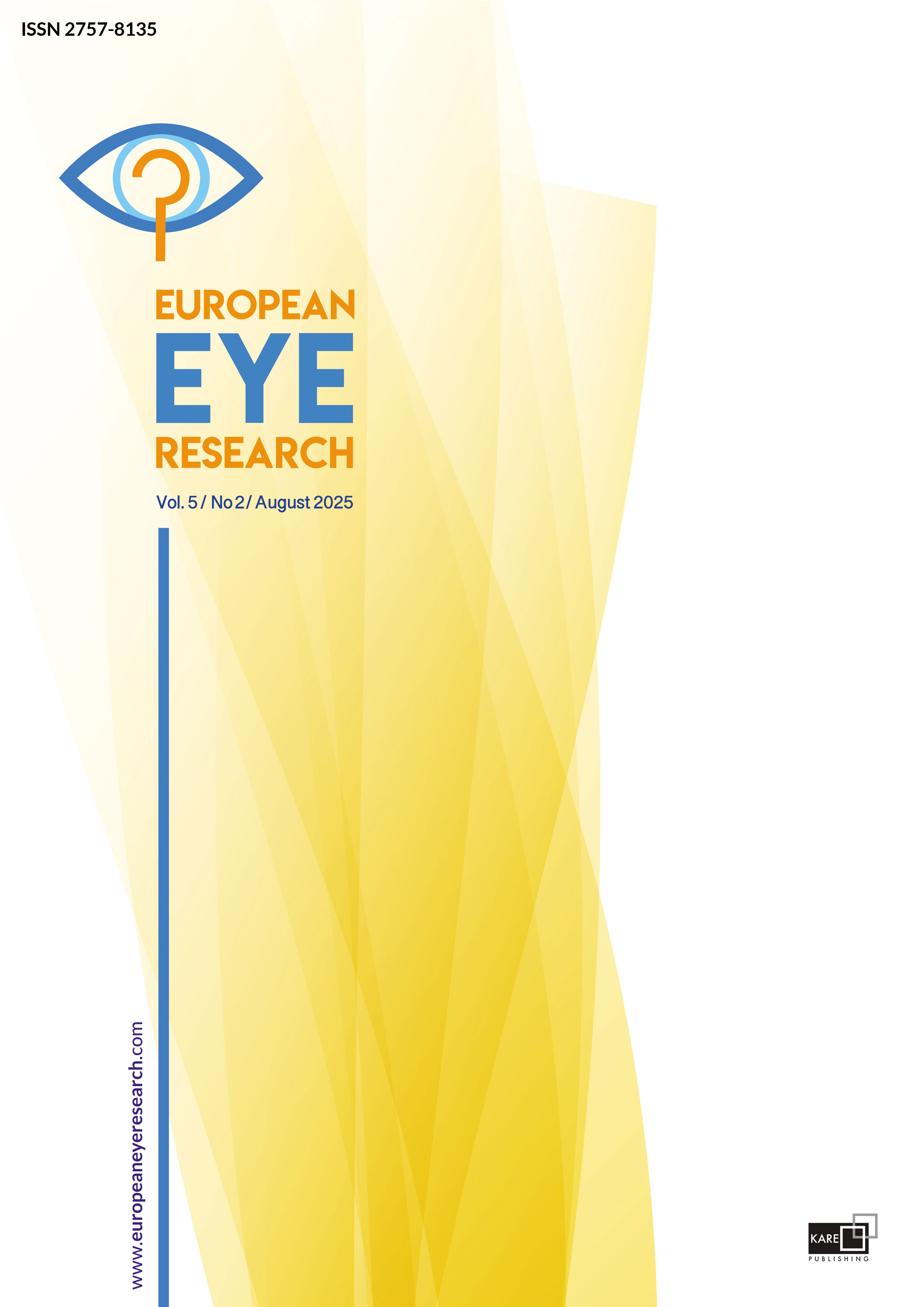

Ocular surface changes and meibomian gland dysfunction evaluation in patients with Stevens–Johnson syndrome
Irmak Karaca, Özlem Barut Selver, Melis Palamar, Sait Eğrilmez, Ayşe YağcıDepartment of Ophthalmology, Ege University Faculty of Medicine, Izmir, TurkeyPURPOSE: The purpose of the study was to assess the ocular surface changes and Meibomian gland (MG) dysfunction with meibography in patients with chronic ocular involvement due to Stevens–Johnson syndrome (SJS).
METHODS: Twelve eyes of 6 patients with SJS who had chronic ocular involvement (Group 1) and 64 eyes of 32 healthy individuals (Group 2) were enrolled. Comprehensive eye examination including Schirmer 1 test, tear film break-up time (t-BUT), fluorescein staining of ocular surface and Oxford scoring, ocular surface disease index (OSDI) questionnaire, and assessment of lower and upper eyelid MG (from grade 0 [no loss of MG] to grade 3 [>2/3 gland loss of the total MG]) with an infrared filter of slit-lamp biomicroscope was performed.
RESULTS: The mean ages of Group 1 and Group 2 were 42.2±9.9 (range, 31–58) and 45.4±11.7 (range, 33–59), respectively (p=0.667). In Group 1, mean best-corrected visual acuity, Schirmer 1 test, and t-BUT were lower, while Oxford scale and OSDI scores were higher significantly in comparison to Group 2 (p<0.05). The lower, upper and total (upper+lower) meiboscores were 2.7±0.4 (range, 2–3), 2.8±0.3 (range, 2–3), and 5.6±0.5 (range, 5–6) respectively, and significantly higher than Group 2 (p<0.001, for all variables).
CONCLUSION: SJS seems to be associated with severe MG dysfunction that can objectively be demonstrated with meibography, in addition to other ocular surface problems. Future studies are needed to validate these findings.
Keywords: Dry eye, meibography; meibomian gland dysfunction; ocular surface; Stevens–Johnson syndrome.
Manuscript Language: English



